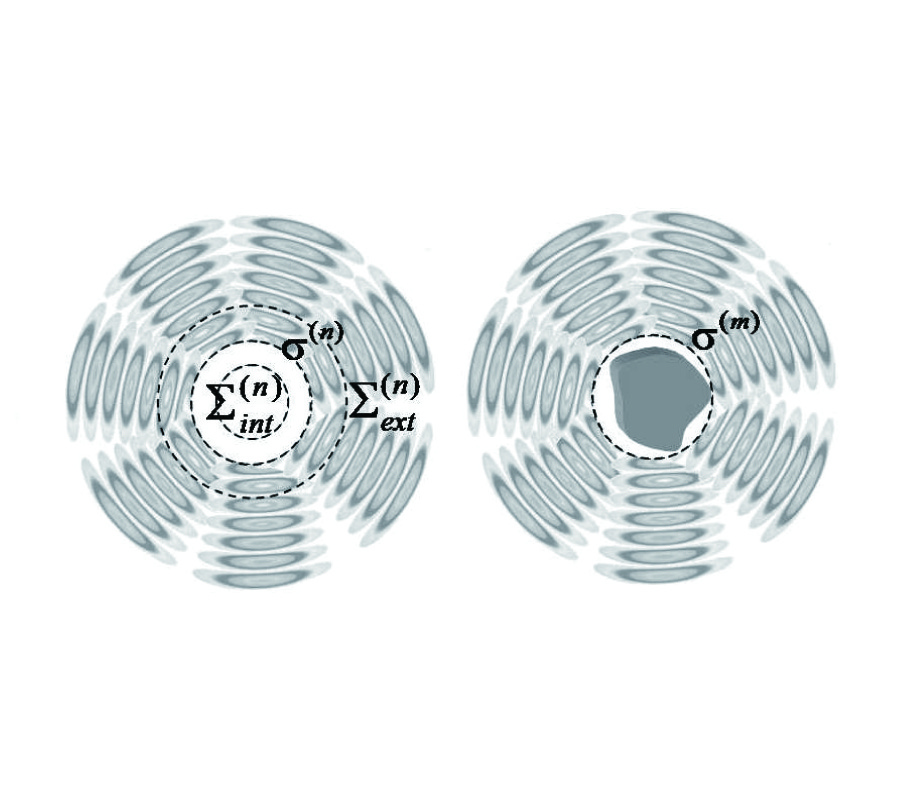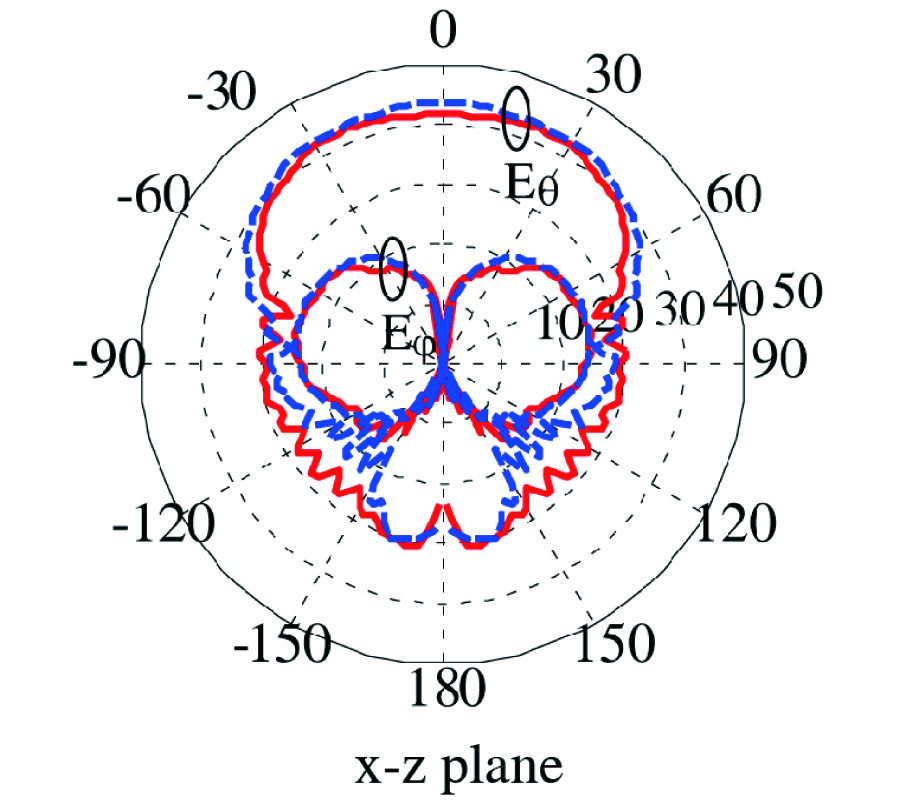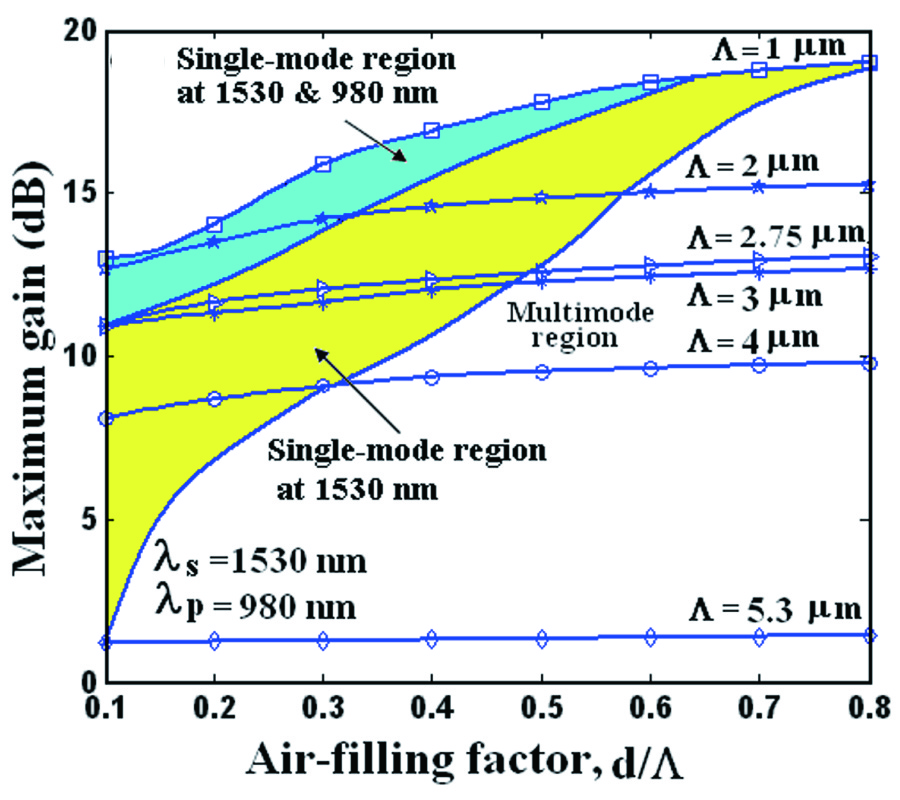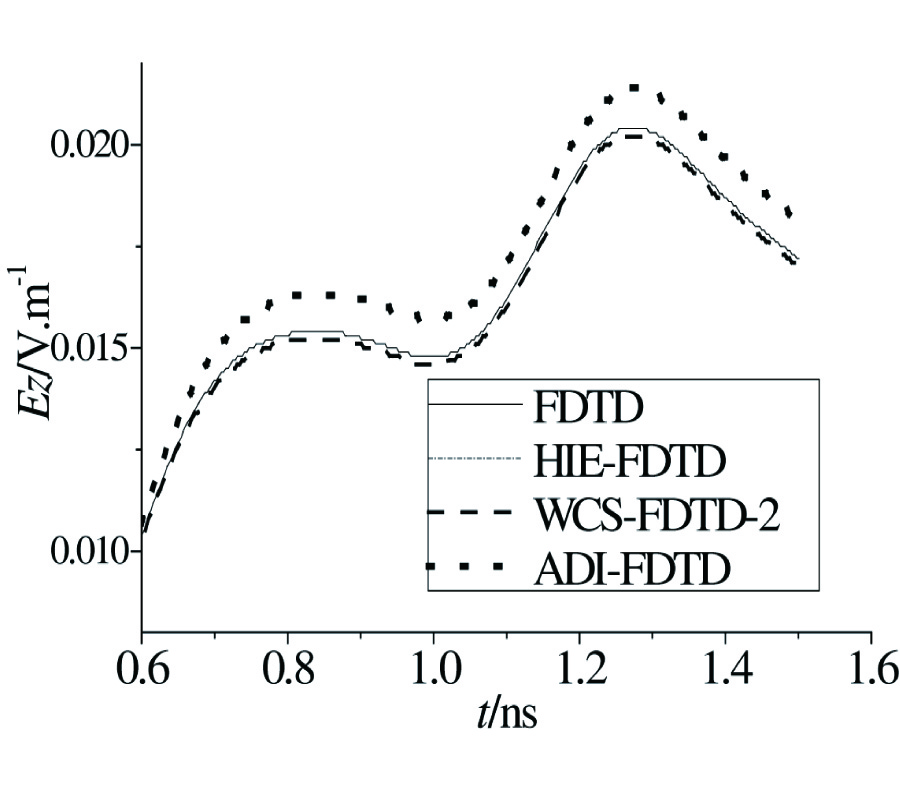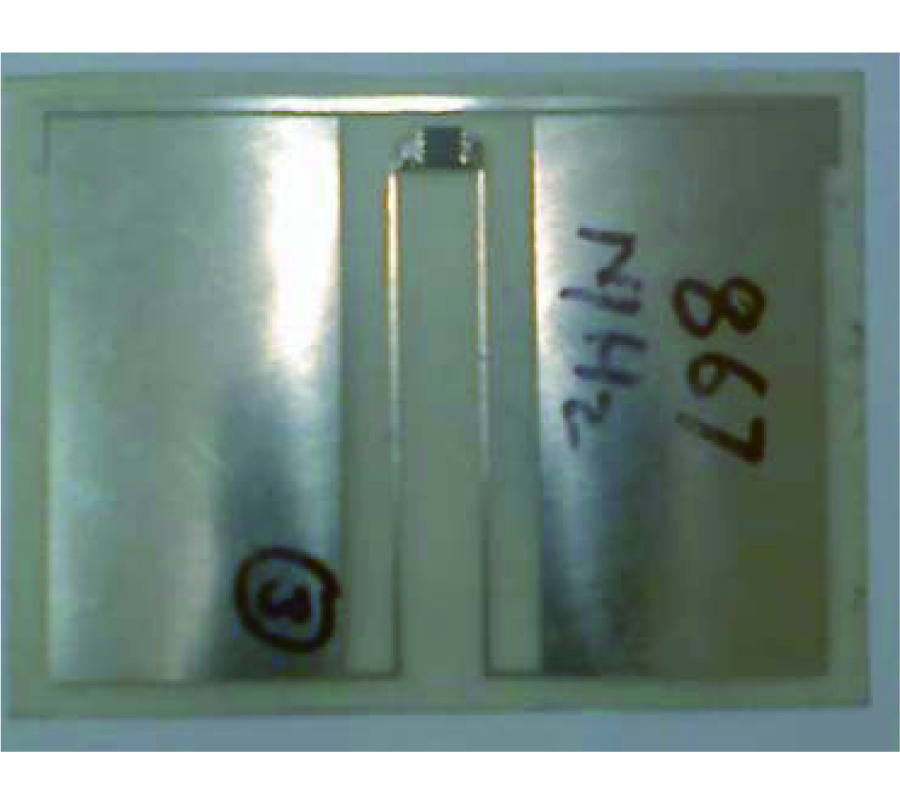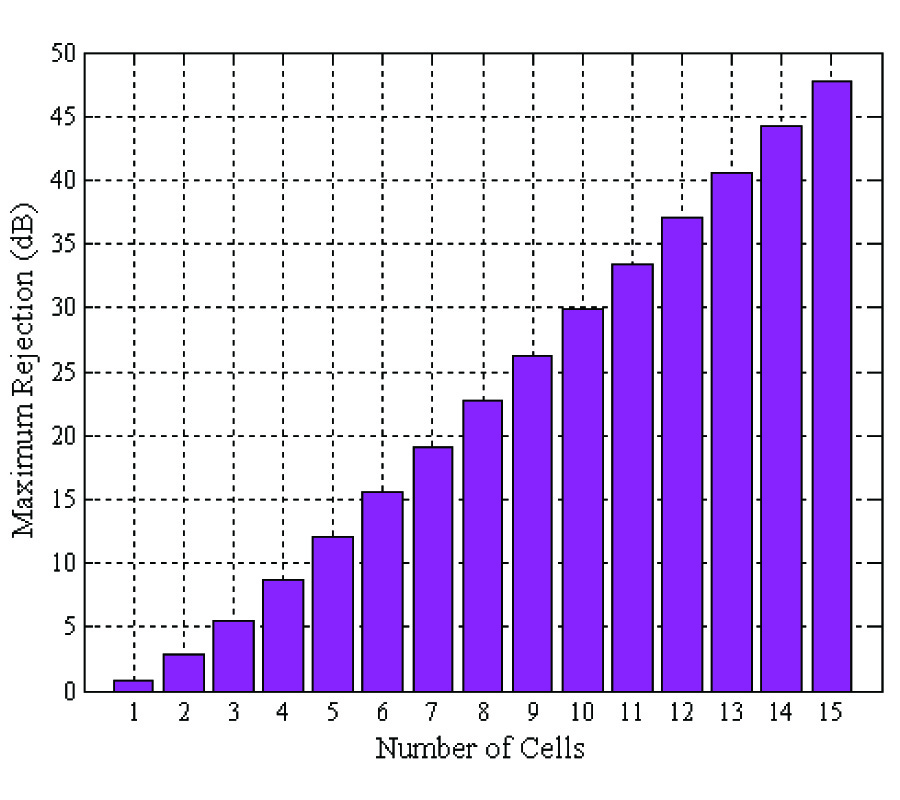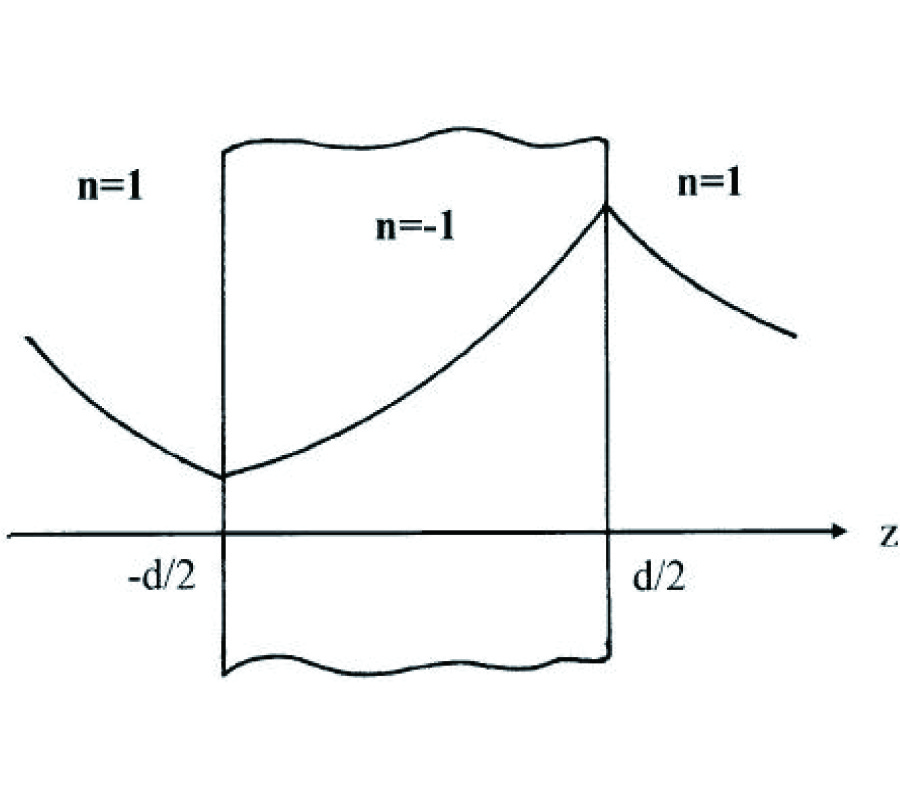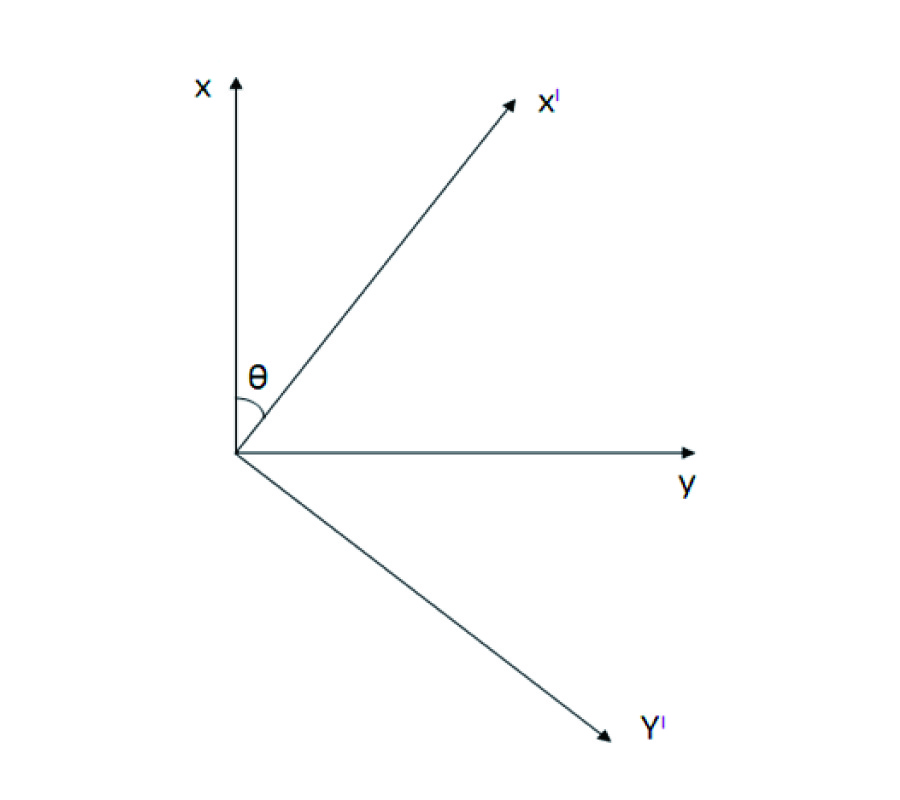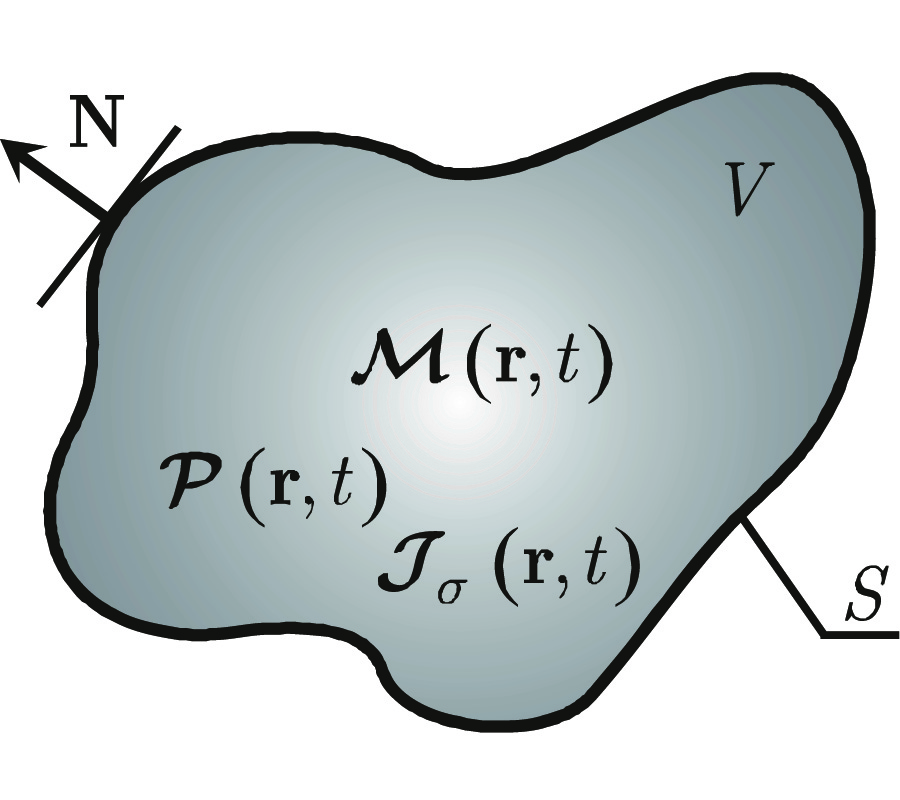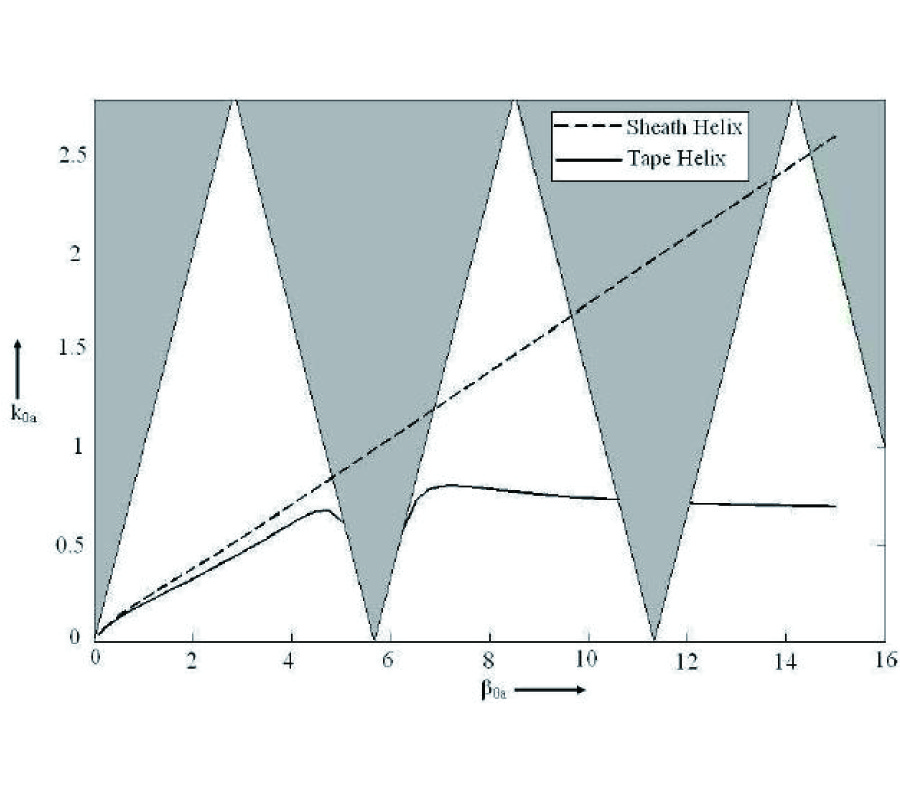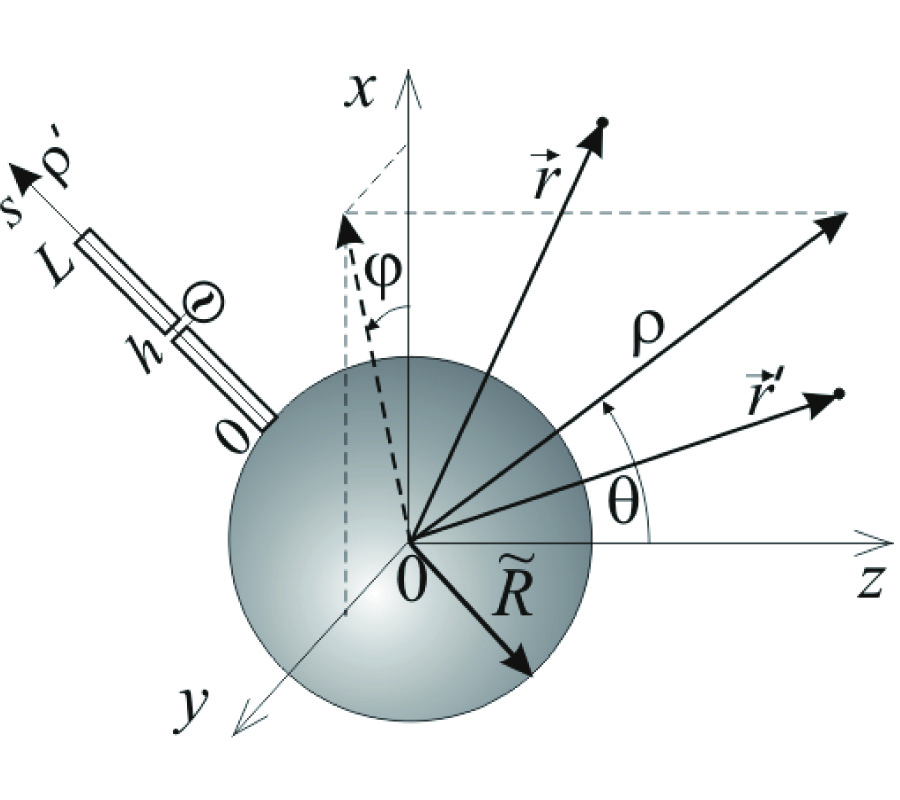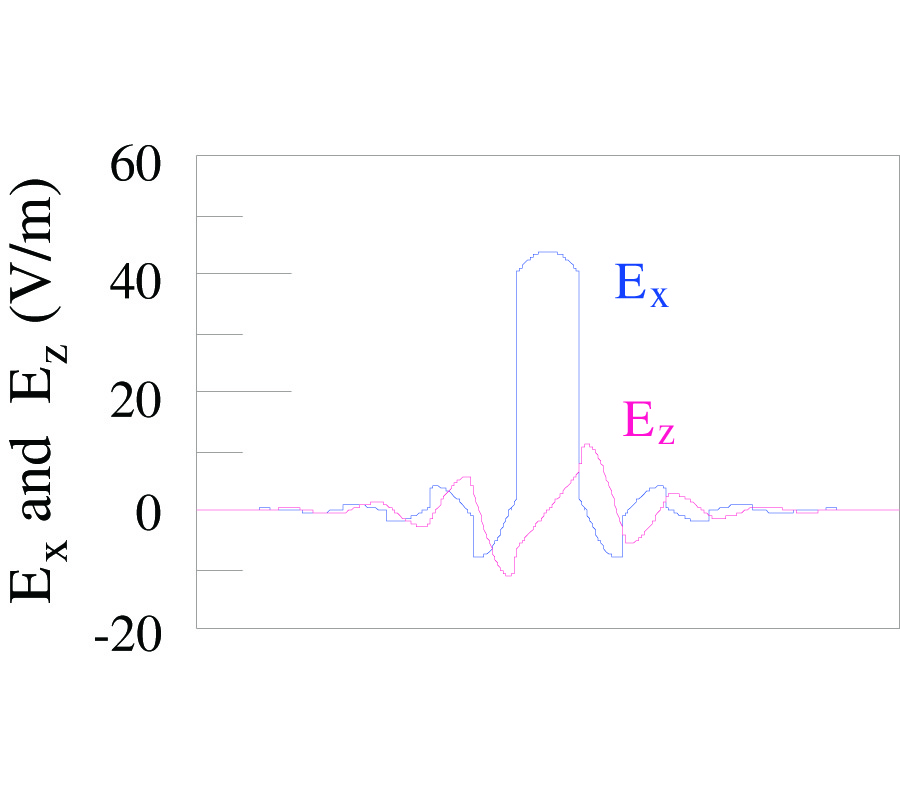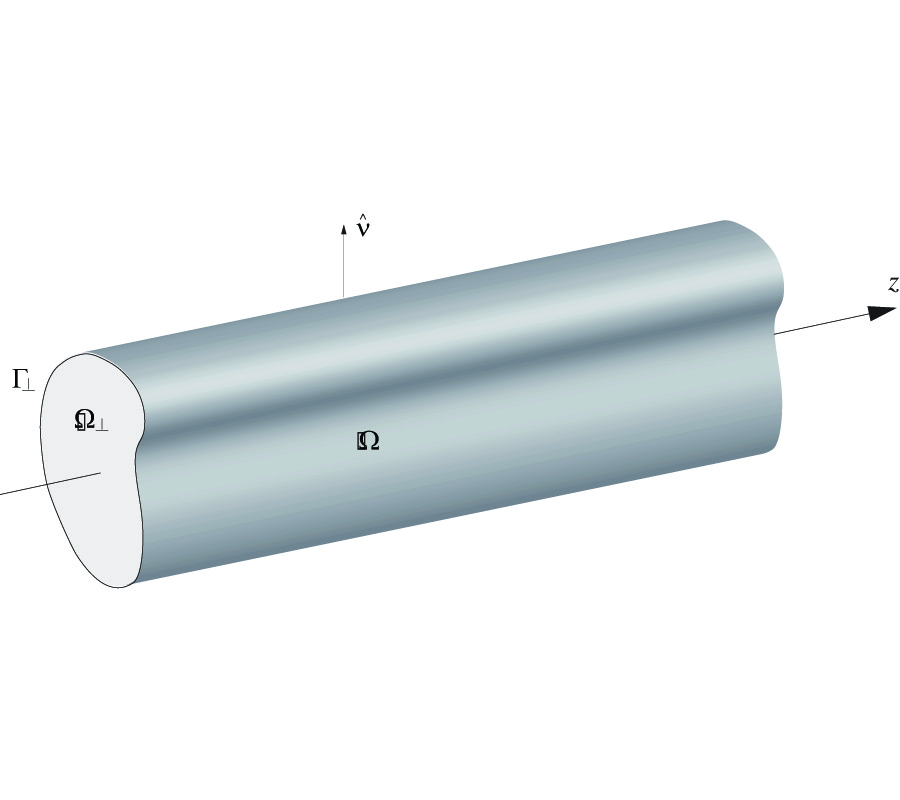2010-03-02 Latest Published
By Enrica Martini
Giacomo Carli
Stefano Maci
Progress In Electromagnetics Research B, Vol. 19, 445-473, 2010
Abstract
A general domain decomposition scheme based on the use of complex sources is presented for the electromagnetic analysis of complex antenna and/or scattering problems. The analysis domain is decomposed into separate subdomains whose interactions are described through a network formalism, where the ports are associated with complex point source (CPS) beams radially emerging from the subdomain boundaries. Each obstacle is independently analyzed with the most appropriate technique and described through a generalized scattering matrix (GSM). Finally, a linear system is constructed, where the excitation vector is given by the complex source expansion of the primary sources. Thanks to the angular selectivity of the CPS beams, the subdomain interactions only involve a small fraction of the beams; thus, yielding sparse moderate size linear systems. Due to the re-usability of the GSMs, the proposed approach is particularly efficient in the context of parametric studies or antenna installation problems. Numerical examples are provided to demonstrate the efficiency and the accuracy of the proposed strategy.
